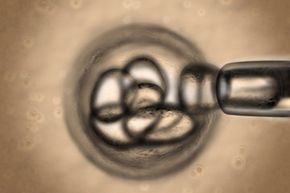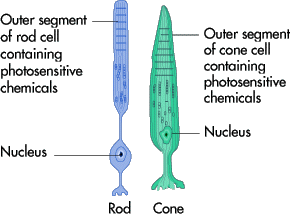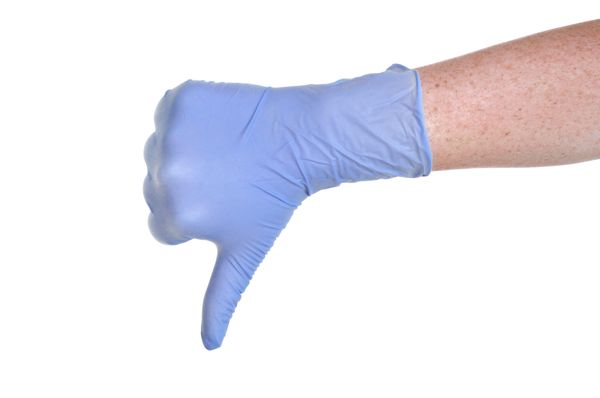From the United States Senate to houses of worship, and even to the satirical television show "South Park," stem cells have been in the spotlight -- though not always in the kindest light. Since early research has focused on the use of embryonic stem cells (cells less than a week old), the very act of extracting these cells has raised a raft of ethical questions for researchers and the medical community at large, with federal funding often hanging in the balance.
However, the advances in stem cell research and the subsequent applications to modern medicine can't be ignored. According to the National Institutes of Health (NIH), stem cells are being considered for a wide variety of medical procedures, ranging from cancer treatment to heart disease and cell-based therapies for tissue replacement.
Advertisement
Why? To answer that question, you have to understand what stem cells are. Called "master" cells or "a sort of internal repair system," these remarkable-yet-unspecialized cells are able to divide, seemingly without limits, to help mend or replenish other living cells [sources: Mayo Clinic; NIH]. In short, these cells are the cellular foundation of the entire human body, or literally the body's building blocks.
By studying these cells and how they develop, researchers are closing in on a better understanding of how our bodies grow and mature, and how diseases and other abnormalities take root. The research work that began with mouse embryos in the early 1980s eventually helped scientists devise a way to isolate stem cells from human embryos by the late 1990s.
Embryonic, or pluripotent, stem cells are taken from human embryos that are less than a week old. These cells are wildly versatile, capable of dividing into more stem cells or becoming any type of cell in the human body (roughly 220 types, including muscle, nerve, blood, bone and skin). Researchers have also recently found stem cells in amniotic fluid taken from pregnant women during amniocentesis, a fairly routine procedure used to determine potential complications, such as Down syndrome.
However, recent research has indicated that adult stem cells, once thought to be more limited in their capabilities, are actually much more versatile than originally believed. Though not as "pure" as embryonic stem cells, due to environmental conditions that exist in the real world -- ranging from air pollution to food impurities -- adult stem cells are nonetheless garnering attention, if only because they don't incite the same ethical debate as embryonic stem cells.
So, what are the cutting-edge uses for stem cells?
Advertisement


